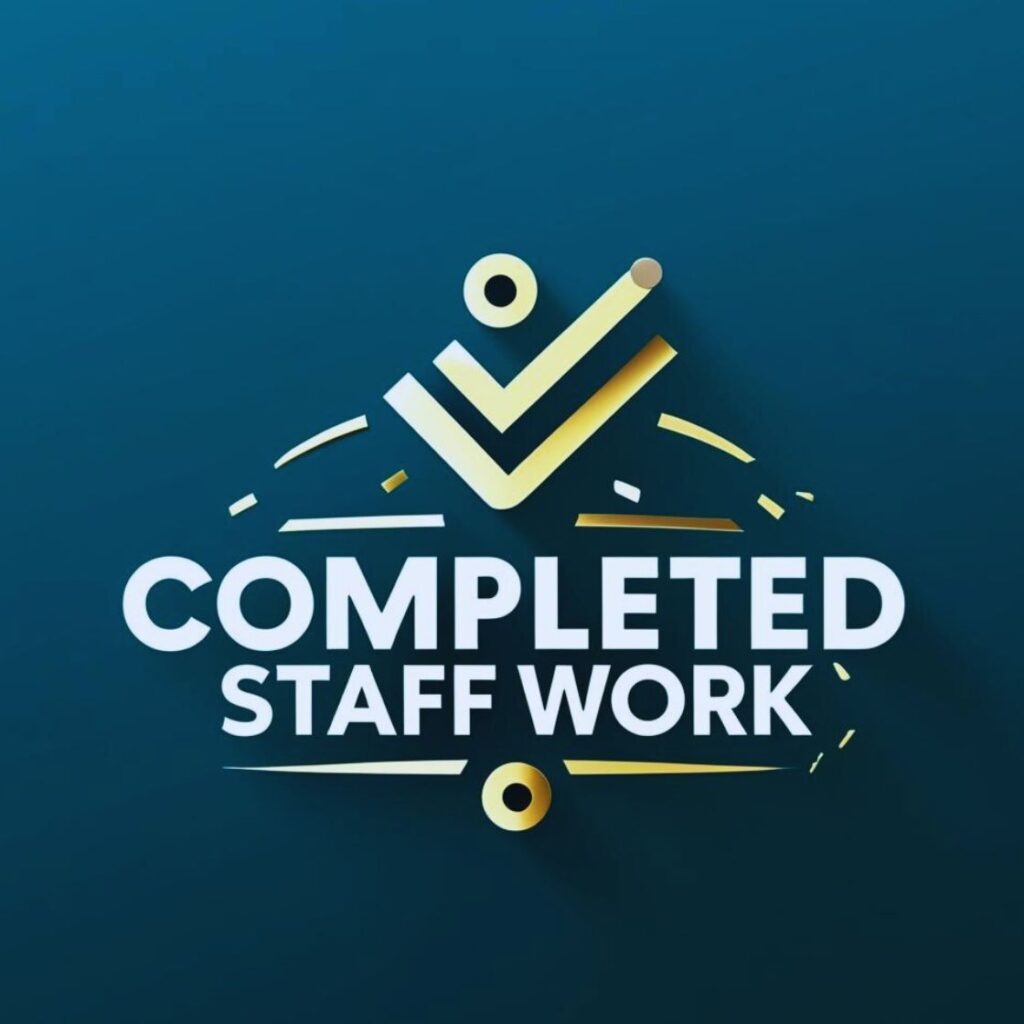Today, you will discover a smarter way to goal setting. As a leader, you likely recognize the importance of setting clear objectives to guide your team’s efforts. I have no doubt that you are familiar with SMART Goal Setting.
Frankly, I know of many managers who can tell me the acronym’s meaning. But, unfortunately, only some can apply it.
We will make our goals smarter, and I will explain it here in a way that most people can understand and apply.
Your team can quickly lose focus and motivation without well-defined goals, leading to wasted resources and missed opportunities.
The SMARTER goal-setting framework can help you address these challenges by providing a structured approach to crafting meaningful, achievable, and measurable objectives.
We’ll explore the art of SMARTER goal setting and provide examples and tips for effective implementation.
Breaking Down SMARTER Goals
SMARTER goal setting is an extended version of the widely-used SMART goal-setting framework, which helps individuals and organizations set and achieve clear, realistic, and actionable objectives.
The acronym SMARTER stands for:
Specific
Vague goals can lead to confusion and lack of direction. To set specific goals, clearly define the objective by answering the “what,” “why,” and “how.” For example, instead of saying “increase sales,” a specific goal might be “increase sales of product X by 20% in the next quarter by targeting new customer segments and implementing a targeted marketing campaign.”
Great leadership isn’t an event—it’s a habit. Get actionable leadership habits every Monday and Thursday.
Measurable
To track progress and measure success, establish quantifiable targets or metrics. For instance, if your goal is to “improve customer satisfaction,” consider using a metric like Net Promoter Score (NPS) to gauge performance. Set a target NPS to reach by the end of the year, allowing you to measure your team’s progress.
Achievable
Setting overly ambitious goals can demoralize your team while setting goals that are too easy can lead to complacency.
Strive for a balance by setting challenging yet realistic objectives. For example, if your team has consistently achieved a 5% growth rate, a 15% growth target might be too ambitious, but a 7-8% target could be achievable and motivating.
Relevant
Ensure your goals align with your organization’s broader objectives and values.
For instance, if your company focuses on sustainable growth, a goal to “cut costs by reducing employee benefits” might conflict with your long-term strategy.
Instead, consider setting a goal to “identify and implement eco-friendly initiatives that reduce operational expenses without compromising employee well-being.”
Time-bound
Deadlines create urgency and focus. For example, if you aim to “launch a new product,” set a specific date for the launch, such as “introduce the new product to the market by September 30th.”
Setting a specific date helps your team prioritize tasks and stay on track.
Evaluate
Regularly review progress and performance, making necessary adjustments to your goals and strategies.
For example, if your goal was to “increase the number of new leads by 50% through a new marketing campaign,” evaluate its effectiveness midway through the campaign.
If the results are below expectations, consider revising your approach or reallocating resources.
Re-adjust (or Re-assess)
Make changes to your goals or strategies as needed based on your evaluations.
For instance, if your team struggles to meet a revenue target due to unforeseen market changes, consider adjusting the target or extending the deadline to account for these new challenges.

The Benefits of SMARTER Goal Setting for Leaders
SMARTER goal setting offers numerous benefits that can enhance personal and professional growth, productivity, and overall success.
Here are some key benefits of adopting the SMARTER goal-setting framework:
You will improve your focus and motivation.
Clearly defined goals provide direction, making focusing on the tasks required to achieve the desired outcome easier.
With a well-articulated objective, motivation tends to increase as you see the value in your efforts.
You will enhance team collaboration and engagement.
When team members understand and agree on specific, achievable goals, they are more likely to collaborate effectively and remain engaged.
SMARTER goals promote a shared understanding of objectives and expectations, fostering a cohesive and committed team.
You can communicate expectations and priorities.
SMARTER goals help leaders clearly communicate their expectations and priorities, ensuring team members know exactly what is expected.
Clarity reduces confusion and enables team members to allocate their time and resources more effectively.
You can increase accountability and track performance.
By setting measurable and time-bound goals, team members and leaders can easily track progress and performance.
Increased accountability encourages individuals to take ownership of their tasks and helps identify areas where additional support or resources may be required.
You can be more adaptable and flexible in the face of change.
The evaluation and re-adjustment aspects of SMARTER goals encourage regular assessment and adaptation.
This promotes flexibility and resilience, enabling individuals and teams to respond effectively to changing circumstances or new information.
You make better decisions.
SMARTER goals provide a framework for making informed decisions aligning with your objectives and values.
When you prioritize goals based on relevance and achievability, you can allocate resources and time more efficiently, leading to better overall outcomes.
You increase the probability of success.
SMARTER goals increase the likelihood of success by ensuring that objectives are realistic, well-defined, and aligned with broader priorities.
When you regularly evaluate progress and adjust goals as necessary, you can stay on track and maintain momentum toward achieving your objectives.
You can encourage personal and professional growth.
The SMARTER goal-setting process promotes continuous learning, reflection, and improvement.
When you set challenging yet achievable goals, individuals and teams can push themselves to grow and develop new skills, ultimately enhancing their personal and professional capabilities.
The SMARTER goal-setting framework offers numerous benefits that can improve focus, motivation, communication, and adaptability, ultimately leading to tremendous personal and professional success.
By adopting this structured goal-setting approach, individuals and teams can work more effectively toward their objectives and experience long-lasting growth and development.

Tips for Implementing SMARTER Goals
Implementing SMARTER goals can enhance personal and professional growth, productivity, and success.
Here are some tips to help you incorporate SMARTER goals into your goal-setting process:
By following these tips, you can effectively implement SMARTER goals and experience the numerous benefits associated with this structured approach to goal setting, ultimately leading to improved personal and professional growth and success.

FAQs
The Challenge for Leaders
This week, take the first steps toward integrating the SMARTER goal-setting framework within your organization or team. Here are some tips on what you can do to kick-start the process:
Reflect on your organization’s current goals.
Take some time to review your organization’s or team’s existing goals. Assess their clarity, alignment with overall objectives, and progress so far.
This will help you identify areas for improvement and opportunities to apply the SMARTER framework.
Conduct a goal-setting workshop.
Organize a workshop or meeting where you can introduce the SMARTER goal-setting framework to your team members.
Discuss the benefits of SMARTER goals and provide examples of how they can be applied in your organization.
Invite feedback and collaboration.
Encourage your team members to share their thoughts on current goals and suggest new ones that align with the SMARTER framework.
Foster an open and collaborative environment where everyone feels comfortable sharing ideas and discussing potential improvements.
Revise existing goals.
Based on the feedback received and the SMARTER framework, work with your team to revise existing goals or set new ones that are specific, measurable, achievable, relevant, and time-bound. Remember to also include the evaluation and re-adjustment steps in your goal-setting process.
Create an action plan.
Develop an action plan that outlines the steps, resources, and timelines needed to achieve your newly established SMARTER goals.
Assign roles and responsibilities to your team members and ensure everyone is clear on their tasks and expectations.
Schedule regular progress check-ins.
Set up regular check-ins or meetings to review progress toward your SMARTER goals. Use these sessions to evaluate performance, provide feedback, and adjust goals and strategies as needed.
Communicate the importance of SMARTER goals.
Throughout the week, emphasize the value of SMARTER goal setting in your communication with your team.
Share success stories, celebrate progress, and reinforce the benefits of adopting this approach to goal setting.
Lead by example.
Set your own personal SMARTER goals and share them with your team. By demonstrating your commitment to the SMARTER framework, you can inspire your team members to follow suit and embrace the process.
Conclusion
SMARTER goal setting can significantly enhance your leadership effectiveness by providing a structured approach to crafting meaningful, achievable, and measurable objectives.
Incorporating the SMARTER framework into your goal-setting process can improve focus, motivation, and collaboration within your team, leading to better results and long-term success.
Embrace the art of SMARTER goal setting and experience the transformation in your team’s performance and leadership capabilities. Effective leaders set clear goals, regularly evaluate progress, and adapt their strategies to ensure success.
Start setting SMARTER goals today and unlock the full potential of your team.















